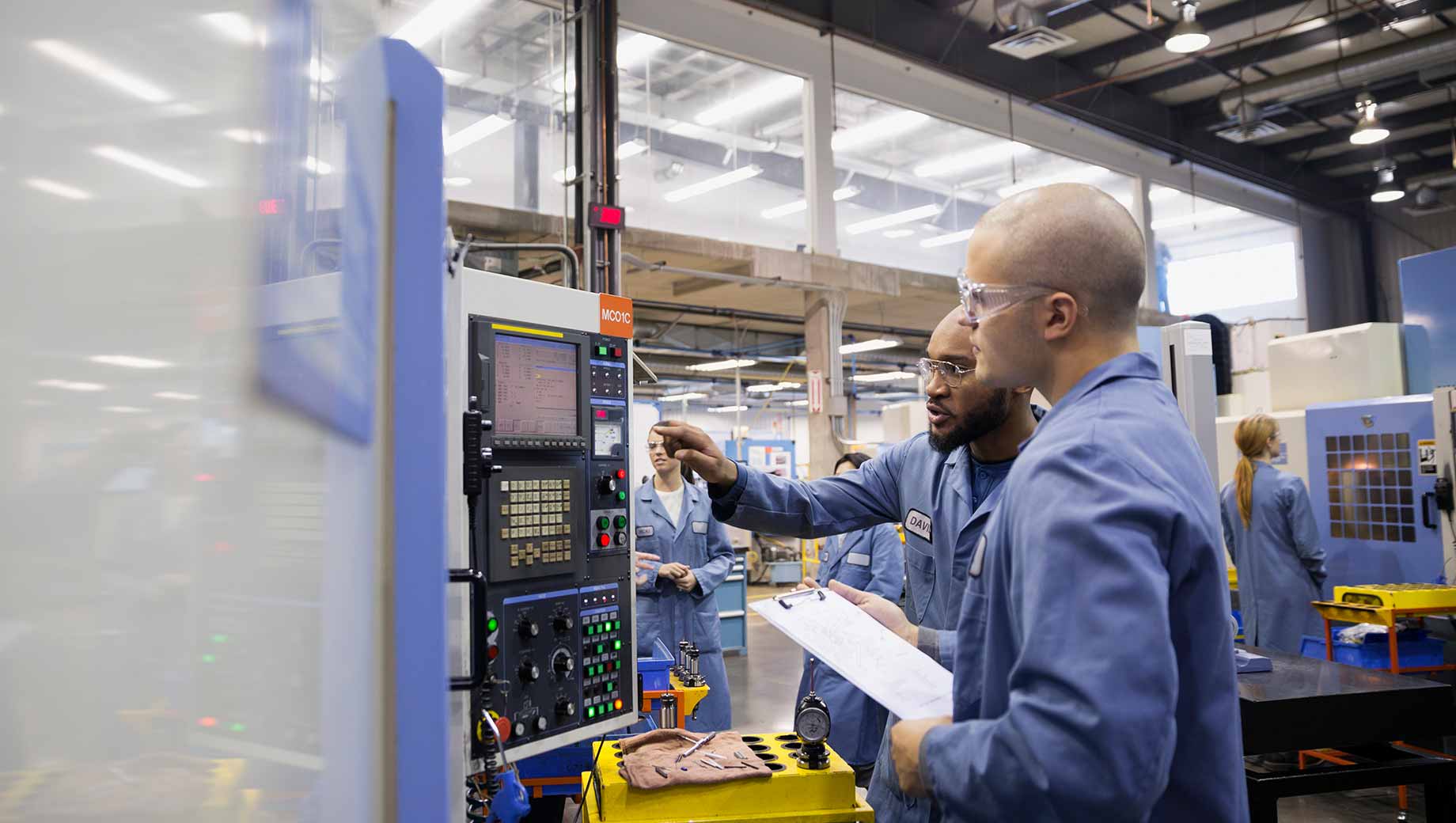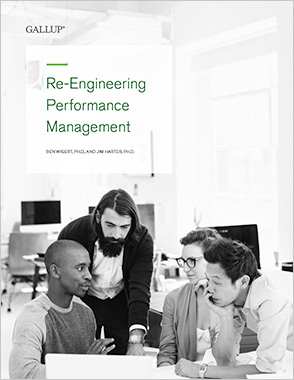In the Rust Belt, the manufacturing and distribution of political false hope -- "Vote for me and I'll get your job back!" -- is a homegrown industry with a long history. By now, false or self-serving political rhetoric is about the only kind many expect.
From Lordstown to Youngstown to Pontiac, you hear the same miserable conversations about local economics and politics that you've heard for 50 years. Still, people want to believe politicians who say they'll fix everything, and even the most apathetic and dubious locals feel cheated when nothing comes of it.
As a result, when the jobs don't come back -- or when they do, but they're jobs no one has ever heard of or jobs that pay half as much as the ones that were lost -- disappointment and hopelessness settle in deeper. That makes it even harder to find new solutions to old problems in the Rust Belt.
Which is a dark irony, because for the first time in a long time, the Rust Belt has a real chance in the new manufacturing economy. But to capitalize on it, the region will need a very new perspective on work, the worker and manufacturing management.
For the first time in a long time, the Rust Belt has a real chance in the new manufacturing economy.
A New M.O.
Manufacturing has always been the economic backbone of the region, even more lucrative than peddling false hope.
In fact, until the 1950s, over half of all manufacturing jobs and almost half of all American jobs were located in the Rust Belt. For a long time, people in the Upper Midwest and industrial North made a comfortable living on a factory paycheck.
When factories started closing in the 1970s, that lifestyle ended. It destroyed people, families, whole communities. The losses have been incalculable. But the conversations haven't changed -- they're still miserable, still apathetic, still hopeless.
And then, all of a sudden, U.S. manufacturing began picking up in a big, but different, way.
Smaller, faster, digitally driven shops located closer to their customers are becoming a lot more attractive to companies that can't wait for stuff to get sent from abroad, don't want to spend in dollars and carbon what shipping costs, and are tired of placing orders bigger than they want and of a quality they can't control.
Consequently, today's manufacturing involves making precise and sometimes bespoke products in smaller lots, giving customers line of sight into their suppliers' operations, and using machines that are far more technologically advanced than those the Rust Belt is used to.
It's all part of the "Fourth Industrial Revolution," as it's called, and it requires manufacturing companies to be agile and innovative, able to learn and relearn, and be guided by their customers.
That takes a unique skill set, the right educational system and workers willing to keep learning throughout their whole career.
But those workers must also be able to identify what customers need before they do, figure out how to make it, and adapt quickly and perpetually.
That's not the M.O. of the Rust Belt. The M.O. of the Rust Belt was developed in the 19th century -- and rapid, overwhelming success that lasted a century reinforced it. The Rust Belt culture is one of top-down, hierarchical, slow-but-solid workmanship.
The Fourth Industrial Revolution requires manufacturing companies to be agile and innovative, able to learn and relearn, and be guided by their customers.
For 21st-century manufacturing to take hold in the Rust Belt, companies must adopt a new, more agile M.O. But that's not enough.
They also have to adopt a new performance development management culture -- one that is based on constant conversation and coaching, that inspires workers to keep learning, and that cares about workers as people, not as production units.
Rust Belt or not, companies always perform better when talented managers put people where they can do their best work. Performance is always improved by engagement. The employee experience always affects business outcomes. None of that has changed.
But it's gotten to be more important.
Managers in the Fourth Industrial Revolution -- especially in manufacturing -- have to approach the employee experience in a new way to achieve the productivity outcomes demanded by manufacturing's new M.O.
Companies always perform better when talented managers put people where they can do their best work. Performance is always improved by engagement. The employee experience always affects business outcomes.
Performance development management is the key because command-and-control management won't do the trick anymore.
Demands of the Fourth Industrial Revolution
But there's a catch.
Next-generation manufacturing will probably demand a more entrepreneurial and positive -- not self-serving or apathetic -- attitude toward local economic development from local economic interests.
Local really is key.
"It has to happen at the city level because most economic activity of any significance occurs there," says Gallup CEO and Chairman Jim Clifton. "The reality is, when it comes to creating economic growth and good jobs -- and replenishing America's hollowed-out middle class -- local leadership is far more important than national leadership. This is largely because cities, like companies, exhibit wide variation in economic outcomes."
So to develop a climate that supports the new manufacturing economy, local civic leaders, local business leaders and local colleges need to form job-creating, business-building, community-sustaining, economy-electrifying partnerships.
And someone has to step up first.
These days, civic and higher education leaders often feel stymied by budget cuts and a fraught political climate.
To a voter, "Vote for me and I'll get your job back!" may sound pretty good, even if it's baloney. Indeed, "Vote for a local bond issue that will raise your taxes but allow for an enhanced economic development office and an advanced tech department at the community college!" is rather less inspiring. Push that platform too hard, and your career as a Rust Belt civic or higher ed leader will be short.
That leaves business leaders. They have some pressing incentives: A new workplace has to be developed for a new way of producing goods, and a projected 3.5 million manufacturing jobs will need filling by 2025.
The market for U.S.-made products is growing. And a culture of performance development management -- the kind the Fourth Industrial Revolution demands anyway -- tends to solve nagging productivity and performance problems.
Solving for those incentives is good for business, sure. But the solution could also reinvigorate Rust Belt cities and states, relaunch economies, and change the local, miserable story from a cautionary tale to a leading example.
Though business leaders may have to be the ones to start up the Fourth Industrial Revolution engine, they don't have to do it alone. And they really shouldn't try.
"A big part of this effort is getting local businesses involved as well as aligning the strategies and will of all the great local organizations that are already in place, such as Junior Achievement, 4-H Club, DECA, Lemonade Day, Operation HOPE and so on," says Clifton. "America needs all institutions and organizations to get involved."
A New Start
However.
Remember those false-hope politicians mentioned above? They won't help. They may say they will, but they can't be counted on. They may say they have the will of the people behind them, but they really don't. They may offer hope, but don't count on it.
To do what needs doing, business leaders should create smart, long-term partnerships with colleges and civic leaders.
They won't peddle false hope, but rather align on a common vision, with some compassion for those who prefer the old ways and the old days. Compassion, but not fealty.
"Choosing to remake cities for the 21st century means accepting that these places will not look the way they did in the 1950s," note the authors of Lincoln Institute of Land Policy's 2017 report, Revitalizing America's Smaller Legacy Cities: Strategies for Postindustrial Success from Gary to Lowell.
"A committed group of local leaders, including elected officials, business leaders, civil servants, grassroots advocates, philanthropic partners and other interested parties, can chart a new direction for the city and work together to push that vision forward."
No one knows how to do that at the local level better than locals do. Sure, individual businesses may need help creating a performance development management culture that meets the needs of the Fourth Industrial Revolution -- but Gallup has the analytics and advice for that.
Granted, Gallup has the analytics and advice to help any organization: We're involved with 90% of Fortune 500 companies and with thousands of others all over the world. Clifton's job-creation insights aren't aimed solely at the Rust Belt.
But the Rust Belt needs them badly. The area needs to begin a new conversation, because the one people have been having for decades hasn't improved anything.
The Rust Belt is going to change the way it does business. It's time for a new start to capitalize on new opportunities in a new economy.
Fifty years of false hope and real disappointment have come and gone in the Rust Belt, and it's high time for a change.
Gallup can help business leaders in the Rust Belt change the way they do business and lead the way into the future:
- Download our free Re-Engineering Performance Management research paper to learn more about performance development.
- Partner with us to create a culture of performance development that meets the needs of the Fourth Industrial Revolution.
Jennifer Robison contributed to this article.



